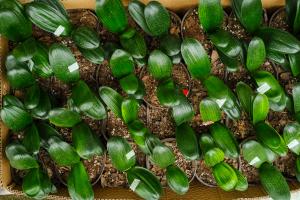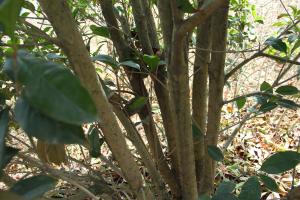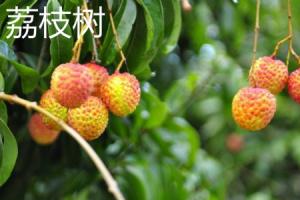Can Gnats Live in Bamboo Water Plants?
Bamboo water plants are a popular choice for many aquarium and pond owners due to their aesthetic appeal and low-maintenance qualities. However, some people may wonder if gnats can live in these plants. Gnats are a common pest that can be a nuisance and cause harm to plants. Let's explore whether or not gnats can thrive in bamboo water plants.
The Anatomy of Bamboo Water Plants
To understand if gnats can live in bamboo water plants, it's important to examine the anatomy of these plants. Bamboo water plants, also known as lucky bamboo or dracaena sanderiana, are not true bamboo plants, but rather a member of the asparagus family. These plants have long, thin stems with leaves that grow from the top. The stems are often placed in water or gravel and do not have roots in the traditional sense. Instead, they have nodes where roots can grow and absorb nutrients. This unique structure makes them an ideal choice for aquatic environments such as aquariums and ponds.
Gnat Infestation in Bamboo Water Plants
Gnats, also called fungus gnats, are a common pest that thrive in moist environments where they can lay their eggs. These tiny insects are attracted to decomposing plant matter, which they use as a breeding ground. If the conditions are right, gnats can quickly infest a plant and cause harm to both the plant and its surroundings. However, lucky bamboo plants are not typically susceptible to gnats. The reason for this is that lucky bamboo plants do not have traditional soil that can harbor decayed plant matter. Instead, they are rooted in water, which makes it harder for gnats to lay their eggs and thrive. Additionally, lucky bamboo plants are often grown in decorative containers or vases with pebbles, which further reduces the likelihood of a gnat infestation.
Preventing Gnat Infestations in Bamboo Water Plants
While lucky bamboo plants are not likely to be infested with gnats, it's still important to take precautions to prevent any potential pests. One way to minimize the risk of a gnat infestation is to use clean water when watering the plants. This can help to reduce any potential bacteria or fungus that may attract gnats. Additionally, regularly wiping down the leaves and stems of the plant can remove any debris that may attract pests. If you do notice signs of a gnat infestation, such as tiny flying insects or plant damage, it's important to act quickly to prevent the infestation from spreading. You may need to remove the affected plant and thoroughly clean the surrounding area to prevent further damage.
Conclusion
In conclusion, gnats are not likely to thrive in bamboo water plants due to their unique structure and lack of traditional soil. Lucky bamboo plants are rooted in water, which makes it harder for gnats to lay their eggs and cause harm. However, it's still important to take precautions to prevent any potential pests and act quickly if you notice signs of a gnat infestation. Taking the necessary steps to maintain and care for your bamboo water plants can ensure that they remain healthy and beautiful for years to come.

 how many times do yo...
how many times do yo... how many planted tre...
how many planted tre... how many pine trees ...
how many pine trees ... how many pecan trees...
how many pecan trees... how many plants comp...
how many plants comp... how many plants can ...
how many plants can ... how many plants and ...
how many plants and ... how many pepper plan...
how many pepper plan...






























